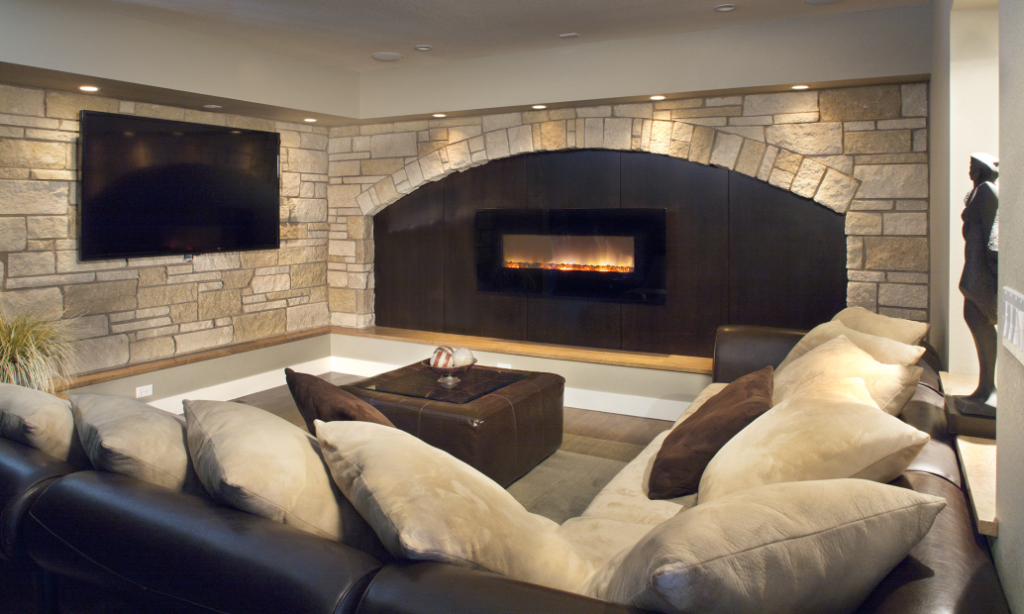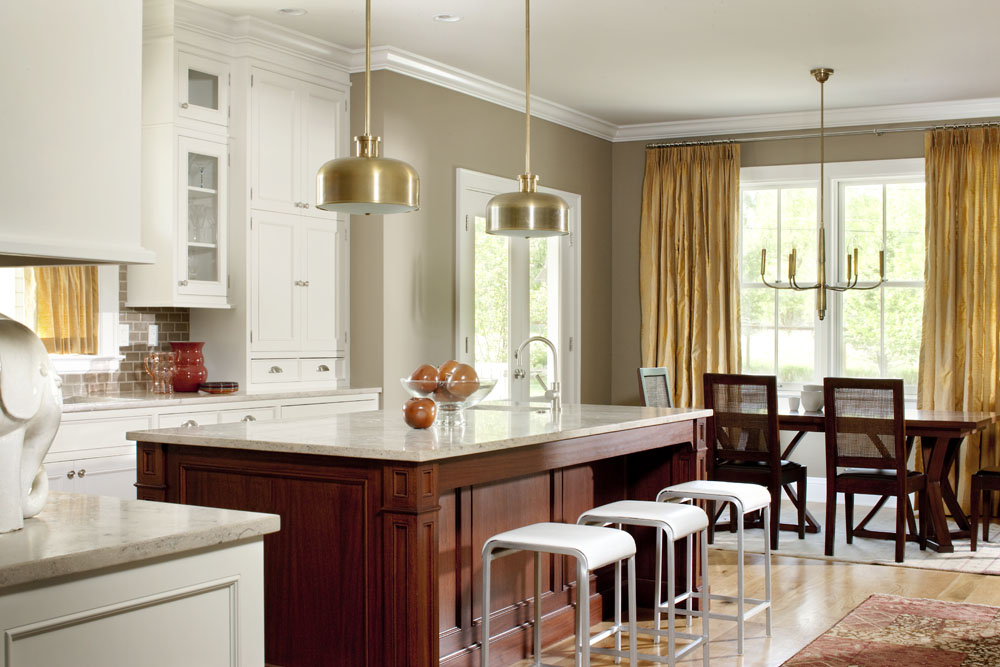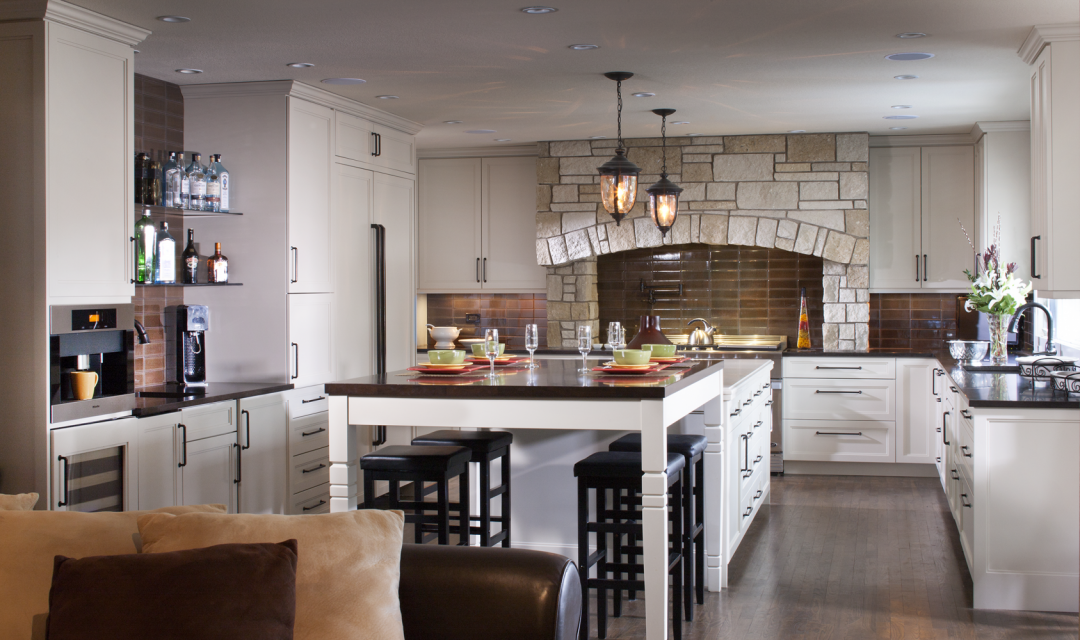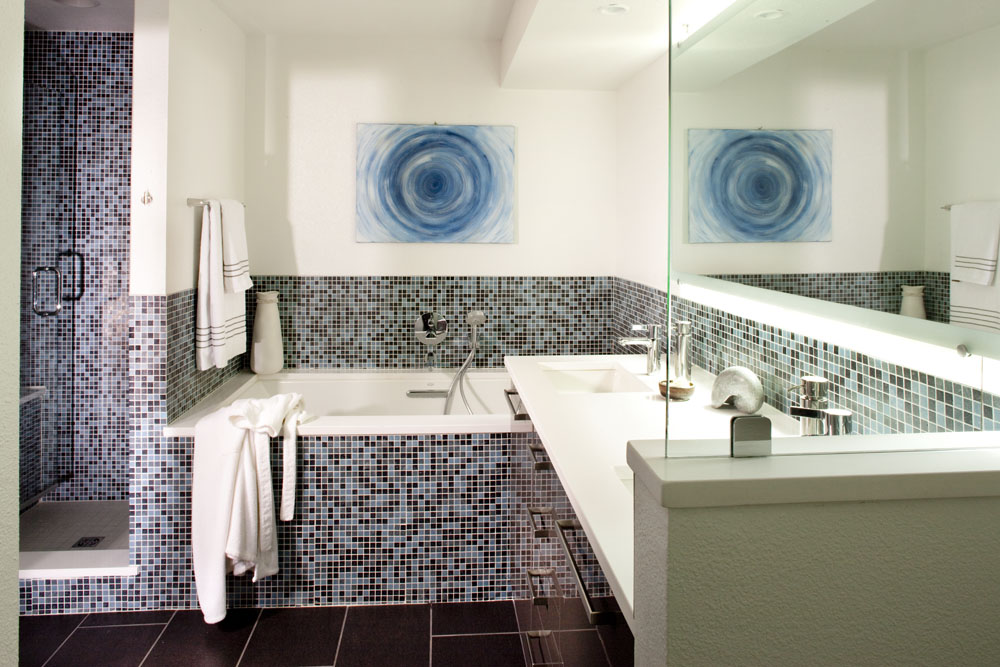 Interior renovations are typically not taken on lightly. The result will reflect your style and personality and any project is an investment of your time and resources. To effectively modernize any internal space, it’s important to feel confident about the approach you will take for change.
Interior renovations are typically not taken on lightly. The result will reflect your style and personality and any project is an investment of your time and resources. To effectively modernize any internal space, it’s important to feel confident about the approach you will take for change.
Know the Difference: Design vs Decorate
Interior design and interior decorating are different resources you might pursue. While the terms are sometimes used interchangeably, they are two, uniquely different resources available to you for renovation projects.
Interior designers are multifaceted professionals that deal with the conceptual development and space planning, furniture design, structure, lighting, textile and color selection, and use of a space. Interior designers use drawings, blueprints, and 3D computer-aided design (CAD) and building information modeling (BIM) tools to provide comprehensive plans that explore and bring a vision to life.
Interior designers are educated and degreed (as many states require licensing to practice). You can expect an interior designer to serve as a project manager for a renovation, working with architects and contractors to not only enable a smoother renovation project but, more importantly, that the design is achieved per the agreed plan.
On the other hand, interior decorators are not required to be degreed professionals, have formal training, or hold a license. Decorators tend to provide services after structural planning or construction has taken place and focus on providing direction for the aesthetic look of a space. Many decorators have received training on color schemes, fabric options, and furniture styles.
 Your Home Project Type Can Help You Decide
Your Home Project Type Can Help You Decide
As you consider your renovation project, a simple way to identify the type of help you may need is to examine the project itself. Exploring the project characteristics, and your view on how you would like to feel about the result, can help you determine what is best.
- Are you undertaking design for new home construction, remodel or whole-house update?
- Will your project include structural changes?
- Is the project complex and needs project management?
- Are you seeking a personal and unique style that will permeate throughout a home?
Interior designers are qualified to work with architectural spaces, develop spatial designs, traffic flow, fixtures, and furniture. Working with an interior designer on large-scale renovations ensures the project is functional, safe, and beautiful.
As interior decorators focus on paint, fabrics, and accessories, larger projects may miss the benefit of a comprehensive and cohesive look throughout the property. If you are confident about your style and how your home might reflect your life, partnering with an interior designer provides many unique advantages.
At Michelle Riviera Interior Design, I’ve helped clients realize the potential of their interior design projects for more than 20 years (both for homes and commercial properties). With expert skill and considerable experience, I work closely with my clients to transform properties into the home of their dreams. Contact me to explore just what you can expect from your renovation!


